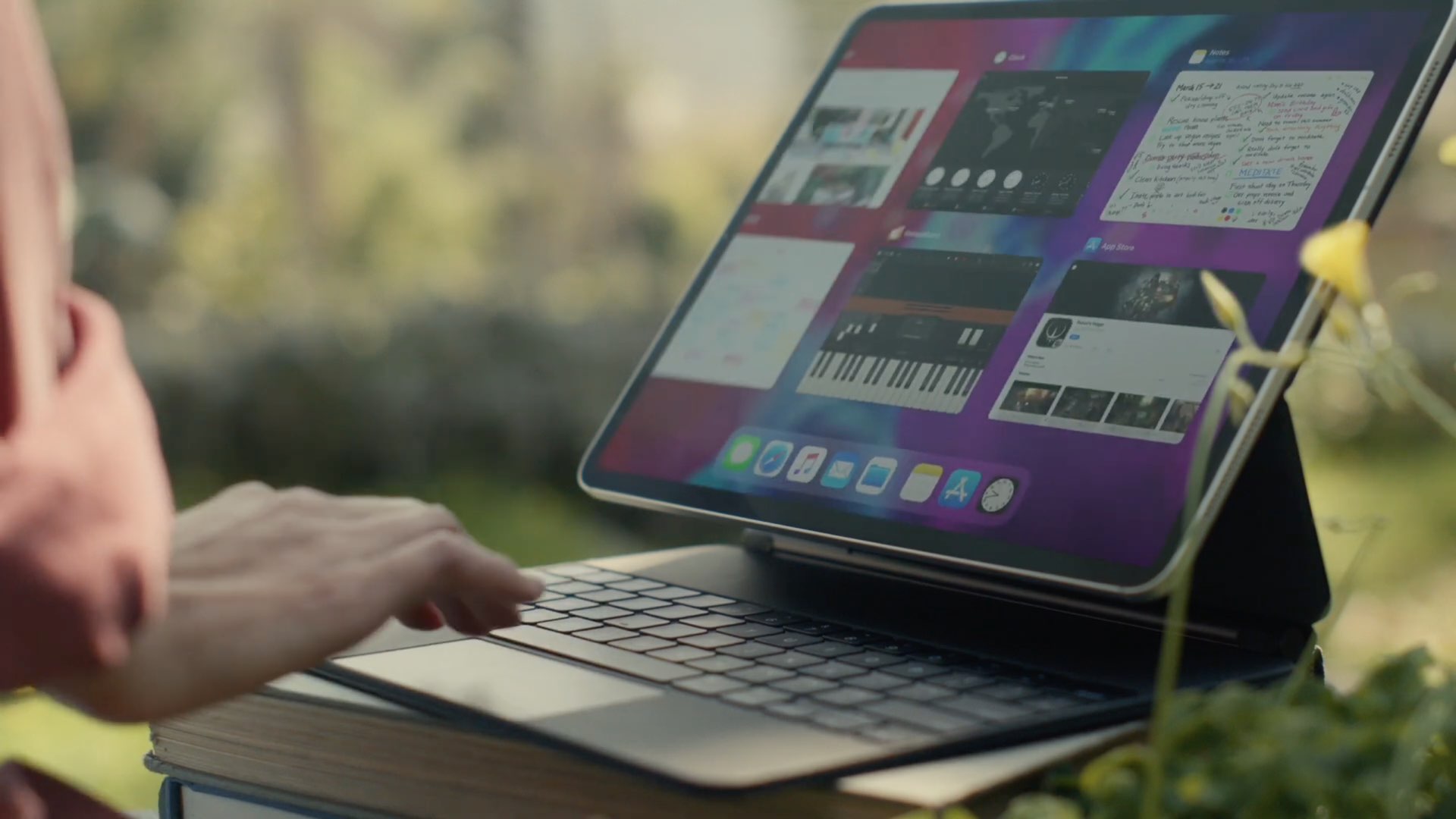
Apple has made some big changes to iPadOS recently, but none bigger than adopting a more robust cursor experience for the tablet lineup.
This allows owners of Apple-branded tablets (running compatible software) to use not only a wireless mouse or trackpad, but also a case with a built-in trackpad like Apple’s new Magic Keyboard for iPad Pro. We’ve already seen Apple’s SVP of Software Engineering, Craig Federighi, give us a preview of the Magic Keyboard and the experience it offers, but now the SVP is offering a bit of a deep dive into how the cursor experience came to be thanks to the folks over at TechCrunch.
And, surprisingly enough, it was inspired, at least in part, by the Apple TV:
There was a process to figure out exactly how various elements would work together,” Federighi says. “We knew we wanted a very touch-centric cursor that was not conveying an unnecessary level of precision. We knew we had a focus experience similar to Apple TV that we could take advantage of in a delightful way. We knew that when dealing with text we wanted to provide a greater sense of feedback.
This certainly makes sense, and the two experiences are very similar — albeit the Apple TV doesn’t actually show a cursor or anything. On the iPad, though, the cursor is represented by a small circle on the screen more often than not, showing up only when you move the mouse or touch the trackpad. The circle will change shape as it moves across the display and interacts with items, though, getting bigger, smaller, depending on what interactive element you’re floating over.
It all still feels very touchscreen-friendly, though, even with the new input option. And that was by design:
So we came up with a circle that elegantly transforms to accomplish the task at hand. For example, it morphs to become the focus around a button, or to hop over to another button, or it morphs into something more precise when that makes sense, like the I-beam for text selection.
…
We set out to design the cursor in a way that retains the touch-first experience without fundamentally changing the UI,” Federighi says. “So customers who may never use a trackpad with their iPad won’t have to learn something new, while making it great for those who may switch back and forth between touch and trackpad.
The full interview/report from TechCrunch is absolutely worth a read, so go check it out.
And if you’ve tried out cursor support for the iPad, what do you think? Is it a good starting point? Or did Apple miss something in its first attempt? Let us know in the comments below.